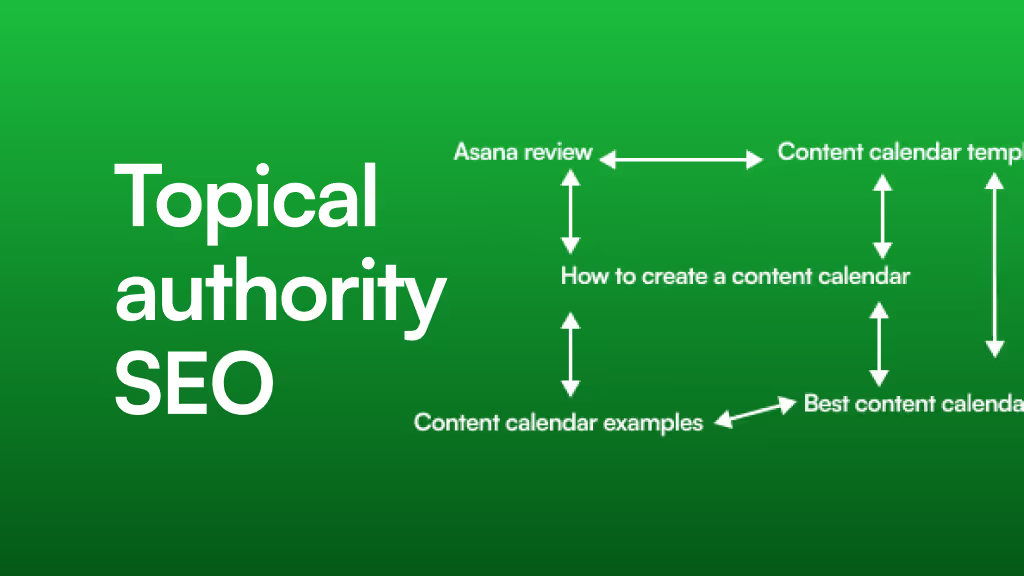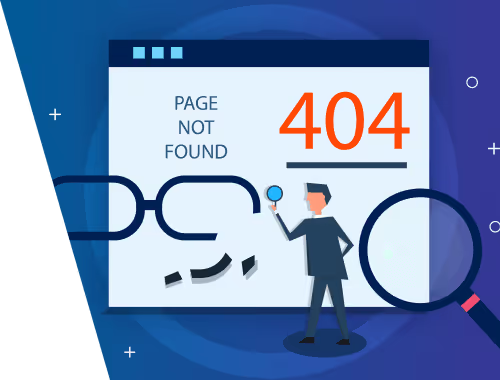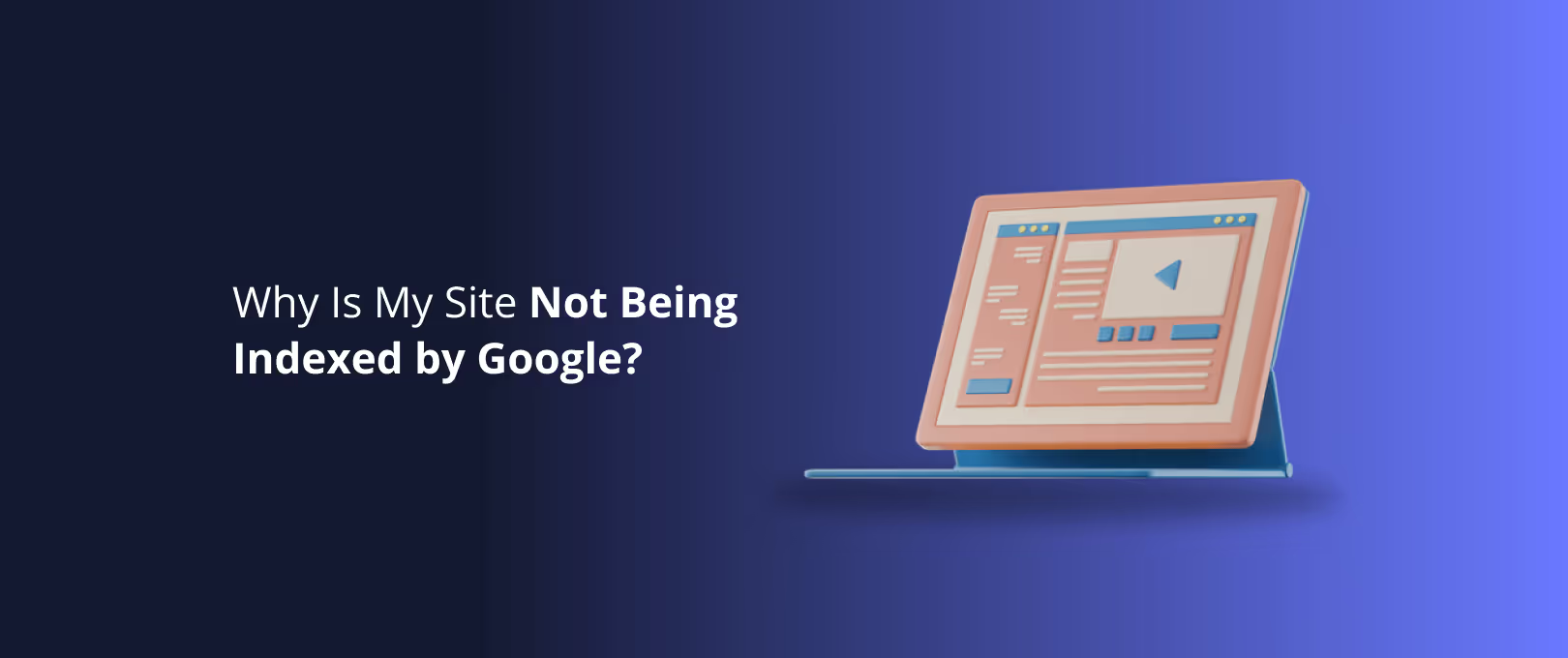The Programmatic SEO Blueprint: Generating Scalable Content with Webflow CMS
Imagine trying to build a unique webpage for every single city your service covers. You’d spend weeks copying, pasting, and tweaking content, only to end up with a maintenance nightmare. Now, what if you could build one master template and automatically generate thousands of unique, SEO-optimized pages from a simple spreadsheet?
This isn't a fantasy it's the power of Programmatic SEO (pSEO). Webflow itself used this exact strategy to scale their traffic, watching their daily impressions on Google Search skyrocket from 100 to 6,000 in just six weeks.
This guide is your complete blueprint for doing the same. We'll move beyond the hype and break down the entire process, from finding your golden opportunity to launching and managing thousands of pages within the Webflow CMS. Forget fragmented tutorials; this is your end-to-end roadmap.
First Things First: What is Programmatic SEO, Really?
Let’s clear the air. When people hear "programmatic," they sometimes think of low-quality, spammy content. That couldn't be further from the truth.
Programmatic SEO is a method of creating unique, high-value pages at scale by using a database to populate a master template.
Think of it like a mail merge, but for your website. You have a database (your list of contacts) and a template (your letter). pSEO combines them to create thousands of personalized "letters" (webpages) that speak directly to a user's specific, long-tail search query.
The key difference between high-quality pSEO and spam is intent and value. Spammy sites generate pages just for the sake of ranking. True pSEO generates pages to answer a specific user need that would be impossible to address manually. It’s about creating targeted resources, not just content.
Programmatic vs. Traditional SEO: Scale Meets Quality
Traditional SEO often involves writing long-form articles one by one. Programmatic SEO doesn't replace this; it complements it.
- Traditional/Semantic SEO: Focuses on creating deep, authoritative content on broad topics (e.g., "The Ultimate Guide to Digital Marketing").
- Programmatic SEO: Focuses on creating specific, targeted content for thousands of long-tail variations (e.g., "Best Digital Marketing Agencies in Austin," "…in Dallas," "…in Houston").
The magic happens when you infuse your programmatic template with semantic SEO principles, creating pages that are both scalable and genuinely helpful.
The Blueprint Part 1: Finding Your Goldmine (Strategy & Data)
Before you even touch Webflow, your success is determined by the quality of your strategy and your data. Most guides jump straight to the tools, but this foundational step is where pSEO projects are won or lost.
The "Head Term" Aha Moment
The core of every pSEO project is identifying a repeatable search pattern, or a "head term." This is the template for your search queries.
Think in patterns like:
- [Service] in [Location]: "plumbers in san diego," "electricians in boston"
- [Product A] vs [Product B]: "airtable vs monday," "webflow vs wordpress"
- Best [Tool] for [Use Case]: "best crm for small business," "best project management tool for remote teams"
- [Problem] Alternatives: "mailchimp alternatives," "slack alternatives"
Once you find a pattern with thousands of potential variations, you've found your goldmine. The goal is to capture the massive volume of highly specific, long-tail searches that competitors are ignoring.
Your Database is Your Source of Truth
Your Webflow site will be a direct reflection of your database. A clean, well-structured database leads to a powerful, scalable site. A messy one leads to chaos.
Tools like Airtable or Google Sheets are perfect for this. When building your database, think beyond the basics. For a "[Service] in [City]" project, don't just list city names. Build a rich dataset:
- City Name: Austin
- State: Texas
- Population: 978,908
- Unique Local Tip: "Mention the annual SXSW festival for tech-focused clients."
- Local Landmark Image: A picture of the Texas State Capitol.
- Customer Testimonial: A quote from a client in Austin.
This rich data is what will make each programmatically generated page feel unique, local, and valuable and keep you far away from duplicate content penalties.

The Blueprint Part 2: Assembling Your Engine in Webflow
With a solid strategy and a rich database, it's time to build the machine in Webflow. This involves setting up your CMS and designing a master template that will power every single page.
Step 1: Structure Your Webflow CMS Collections
Your Webflow CMS Collections should mirror the structure of your database. Using our "Plumbers in Texas Cities" example, you might have:
- A "Cities" Collection: This holds all your location-specific data (City Name, State, Population, Local Tip, etc.).
- A "Services" Collection: This could detail different plumbing services you offer (e.g., "Emergency Repairs," "Drain Cleaning").
- A "Testimonials" Collection: Using Webflow's multi-reference field, you can link specific testimonials to the city they came from.
Properly structuring your CMS is the key to flexible and scalable Webflow development. It allows you to pull in different pieces of data to create dynamic, layered pages.
Step 2: Design a High-Quality Master Template
This is where you combine scalability with user experience. Your template page is a standard Webflow page, but instead of static text and images, you'll pull data directly from your CMS fields.

A great master template includes:
- Dynamic SEO Elements: Pull the
City Nameinto the Title Tag and Meta Description. - Personalized Headlines: Your H1 could be "Trusted Plumbing Services in
[City Name]." - Rich Content Sections: Use your unique data fields to create sections like "Why
[City Name]Homeowners Choose Us" and feature the[Local Tip]. - Conditional Logic: Use Webflow's conditional visibility to show or hide certain elements based on the data. For example, only show a "24/7 Emergency Service" badge for cities where it's available.
Step 3: Connect Your Data
Now, you need to get your data from your spreadsheet into your Webflow CMS. You have two main paths:
- The No-Code Method: Tools like Whalesync, Nocodify, or Zapier allow you to set up a two-way sync between Airtable/Google Sheets and your Webflow CMS. This is the easiest and most popular method for marketers and non-developers.
- The API Method: For ultimate control and speed, you can use the Webflow CMS API to write a script that pushes data directly from your source. This is a more technical route but offers unparalleled power.
For projects that need to go live yesterday, a streamlined process is critical. Agencies often offer accelerated services like WSC Hyperspeed to execute these builds quickly without sacrificing quality.
The Blueprint Part 3: Launch, Learn, and Link
Your pages are built and the data is synced. You're ready for launch but the work doesn't stop there. Managing a pSEO site is about ongoing optimization.
Pre-Launch Checklist
Before you publish thousands of pages, run through a quick check:
- Canonical Tags: Ensure the master template has a self-referencing canonical tag to prevent duplicate content issues.
- Internal Linking: Is there a logical way for users and search engines to discover these new pages?
- Page Speed: Test your template page on Google PageSpeed Insights. A slow template will result in thousands of slow pages.
- Sitemap: Make sure your new CMS collection is set to be included in the auto-generated sitemap.
Scalable Management & Internal Linking
What happens when you need to update a sentence across 5,000 pages? You don't. You update it once in your master template or in your database, and the change syncs everywhere. This is the beauty of pSEO. For ongoing optimization, a solid site maintenance plan is crucial to keep your data fresh and your pages performing.
Internal linking is also critical. You need to give Google a path to find your new pages. A great way to do this is to create index pages, such as "Services by State," which then link down to each city page.

Your Programmatic SEO FAQ
Let's tackle some of the most common questions and concerns that come up on this journey.
Will Google penalize me for duplicate content?
Not if you do it right. The key is creating value and uniqueness. If your pages are just a city name swapped in a generic sentence, you're at risk. But if you include unique data points like local tips, different images, specific testimonials, or population data each page offers distinct value to the user, which search engines reward.
How many pages can I create with Webflow CMS?
Webflow's highest-tier CMS plan allows for up to 10,000 items in a collection. This means you can create up to 10,000 programmatic pages from a single collection, which is more than enough for the vast majority of pSEO projects.
How do I update all the pages at once?
You have two primary update points. For design or layout changes, you simply edit your master page template in the Webflow Designer, and the change will apply to all pages instantly. For content changes (like updating a service description), you update the relevant field in your database (e.g., Airtable), and your sync tool will push the update to every corresponding page.
What if I have an existing site? Can I switch to a pSEO model?
Absolutely. This is a common scenario where a business has manually created a few dozen location or service pages and wants to scale. The process involves a strategic site migration where the existing content is structured into a database, a new CMS collection is built, and 301 redirects are set up from the old URLs to the new programmatic ones to preserve SEO authority.
Your Journey to Scalable Traffic Starts Now
Programmatic SEO is more than a tactic; it's a strategic shift in how you think about content and traffic acquisition. By combining a smart data strategy with the power of the Webflow CMS, you can build a sustainable, scalable engine that captures high-intent traffic long after you’ve finished the build.
The journey starts not with code, but with a question: What repeatable patterns do my customers search for? Find that pattern, build a valuable resource around it, and you'll be well on your way to conquering the long tail.




